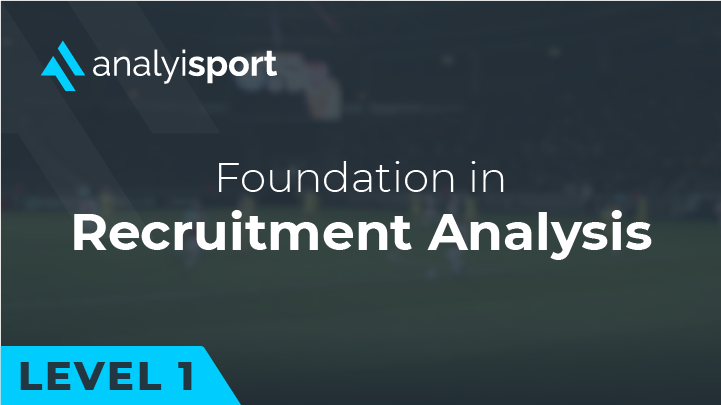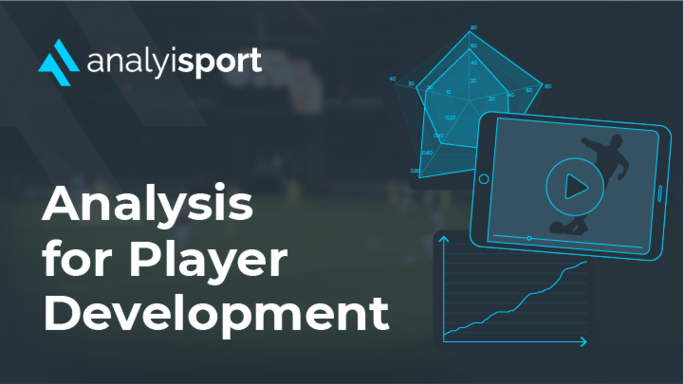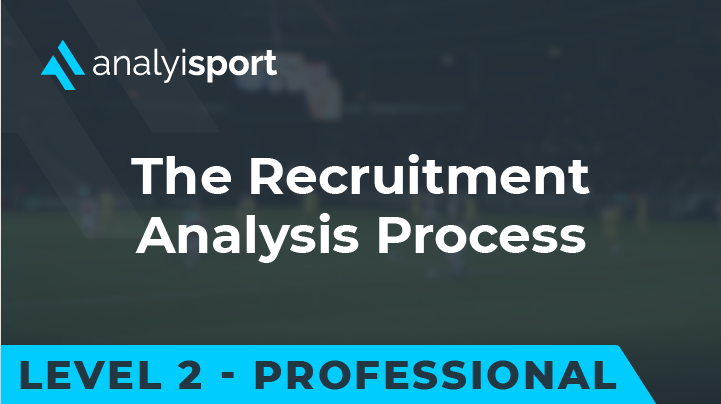What is Talent Identification in Football
What is Talent Identification in Football?
Talent identification is the work done by scouts and recruitment analysts to find players with the potential to become the stars of tomorrow. The aim is to find suitable players, assess their current abilities, and determine how well they’re likely to develop.
It goes far beyond just watching a couple of games and feeling that a player looks like they are made of the right stuff. In the modern game, talent identification is a more thorough and precise process. Just as at senior level, data is being used more and clubs are thinking more deeply about the criteria they use to assess players.
Why Is Talent Identification Important?
A lot of money is spent by clubs on football transfers. In the 2022 summer transfer window, Premier League clubs alone spent over £2 billion on new signings. Spotting players when they’re younger, before they’re reached their peak, is a way for clubs to sign talented players for less, allowing them to make the most of their transfer budget.
Talent identification, when done well, helps a club to make smarter decisions about which young players to sign. Once, clubs solely relied on scouts who attended live matches and assessed players based on their subjective judgements and gut instincts. Although a good scout is still invaluable, there is now much more data and video footage available for clubs to analyse and come to more objective judgements.
The Challenges of Talent Identification
Just because a young player is excelling in their age group, it doesn’t mean they’ll still be performing at the same level in games by the time they’re old enough to play in the first-team. Players develop in different ways and at different rates. Some players may reach the peak of their abilities while they’re still playing in youth football.
Nor will a youngster thriving in a lower league necessarily be able to step up and perform at a higher level. A teenager may be scoring a lot of goals at a Non-League club, but when they come to play at a higher level, they might struggle to adjust and fail to find their form against better-quality opponents. Likewise, a young talent who is excelling in the second tier of French football might struggle to adapt to a move to the Premier League and the different style of play involved. It’s important to make sure that the player fits in with the club’s philosophy. There’s no point in signing a potentially great target man for a team that is committed to playing through balls rather than crosses.
Using the FA’s Four Corner Model
One tool that scouts and analysts can use when evaluating the potential of young players is the Four Corner Model. It was created by the English FA in the early 2000s to provide a framework for coaching youngsters, making sure that they developed as well-rounded players.
The four corners are:
Social: how the player interacts with teammates
Physical: their athletic abilities
Psychological: their confidence and ability to cope with pressure
Technical/tactical: their skills on the ball and ability to follow tactical instructions
Each of these corners is designed to complement the others. For example, in order to fulfil their role in a team’s tactics, a player doesn’t just need to be good at following the manager’s instructions, they also need to be able to work well with their teammates, be fit enough to cover the required distance, and focused enough not to forget what they’re supposed to be doing.
Although designed to help coaches plan training sessions, these categories also provide a good framework for scouts to assess the abilities of a young player. If a player is going to make it in the professional game, they’re going to need to excel in all four corners.
Using Data to Find Players with Potential
Data has become an important way for clubs to discover young players with the potential to make an impact in the first-team. Companies such as Wyscout and Statsbomb have made data and video footage available for thousands of players across hundreds of competitions. Clubs can now assess players around the world who they wouldn’t normally have sent scouts to watch. It’s leading to some really astute signings.
One club that has successfully signed young talent in this way is Norwich City. In the summer of 2018, the club signed a 21-year-old midfielder who had been playing for a club that had just been relegated from the Spanish second tier. Not many people in Norfolk had heard of Emi Buendia before the move and, playing in a struggling team, he wasn’t particularly highly regarded in Spain.
Norwich, though, could see his potential. “Emi was scoring quite high in our data, in our KPIs,” revealed Mariela Nisotaki, a key member of the club’s recruitment team. Although he wasn’t getting many assistants, he was doing well in other statistics. The trick was to look at how well he was playing in the context of a team that was playing badly overall. “That’s what we did with Emi, looking beyond the quality of the team and at the individual qualities. Playing in a better team with a different style we thought he could really improve.”
Nisotaki and her colleagues were proved right. Buendia made a big impact. He twice helped Norwich win promotion to the Premier League and recorded over 40 assists for the club. His success at Norwich led to a £40 million move to Aston Villa.
How Data Is Used in Academy Recruitment
With even younger players, though, scouting in this way is tricky. There is less data and video footage available of youth teams. Going to local games is still a big part of finding players at this level. But that doesn’t mean that clubs aren’t developing alternative ways to find out information about potential academy recruits.
Arsenal have recently been working with sports technology company STATSports to find youth players. The tech designers have created an Arsenal App for their GPS vests, allowing anyone who uses it to upload their physical performance data and make it available to the club. The metrics included total distance, high-intensity distance and maximum speed. Using a combination of this data and video footage sent in by users, Arsenal and STATSports chose 22 of the best-performing players, a mixture of under-15s and under-18s, and invited them to a trial at the Emirates in the summer of 2022. The group included players from Northern Ireland and one from as far away as the Czech Republic.
“What we’re doing is bringing people forward that we know are physically capable of performing and then the guys from the scouting team today would look from a different mindset to add everything together,” revealed Barry Watters, head of sports science at STATSports.
As the technology used to record football data and video footage becomes more accessible, it’s becoming easier for clubs to use it as a tool for talent identification. There’s always going to be an element of unpredictability in judging which young players are going to reach the top, but analysis is already helping clubs to search more widely and make better-informed decisions. Talent identification is starting to become a science.
Related Courses:

- Level 1
- Course
Level 1: Foundation in Recruitment Analysis in Football
£70.00
Share this article
Our Learning Pathways
AnalyiSport is for everyone who is passionate about analysis in football. Where are you in your development journey?
Become a Football Scout
As more clubs than ever look to build data into their recruitment process, an understanding of recruitment analysis is your ticket to success in the game.
Related Articles
Our team provides news and insights from the cutting edge of football analysis.






